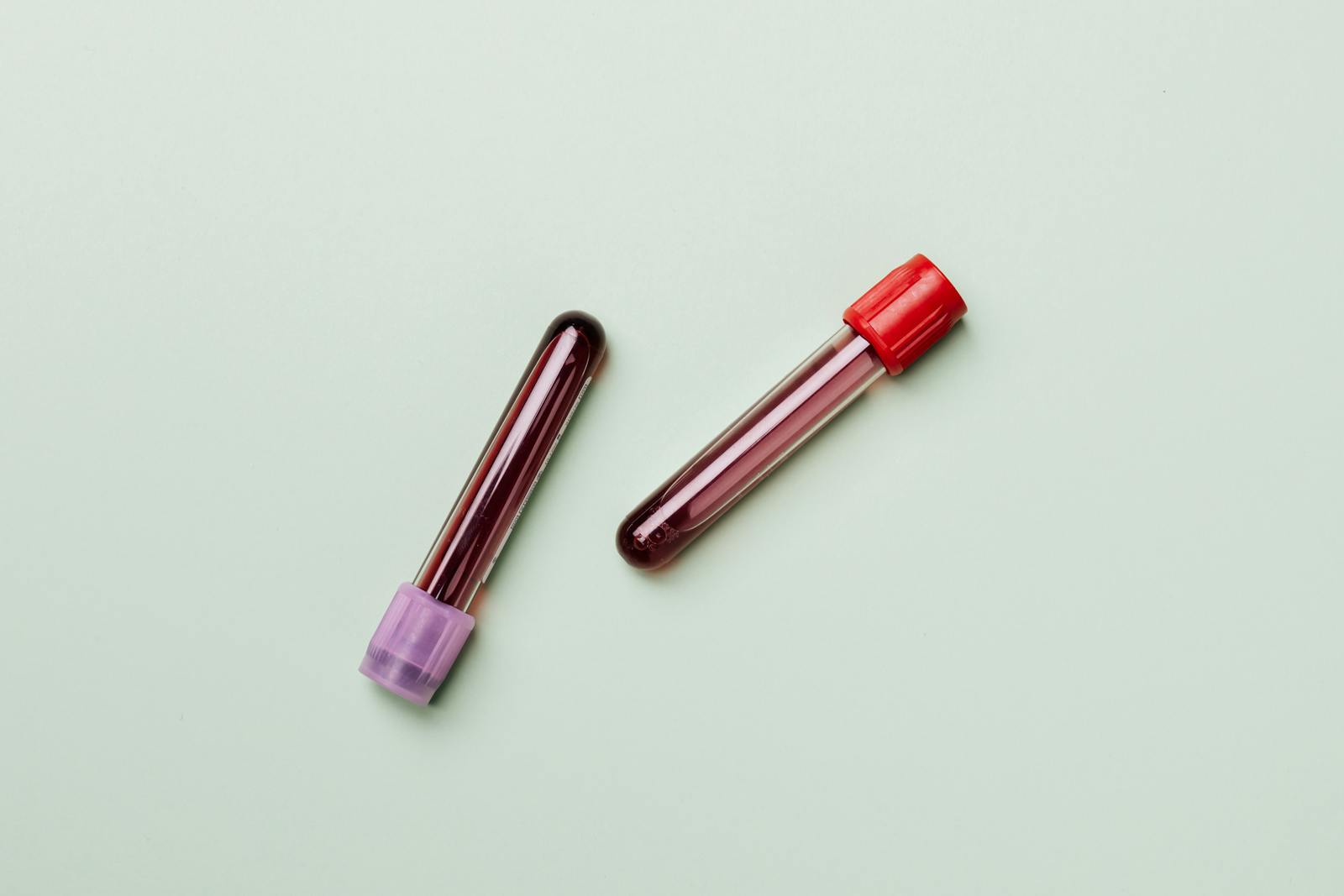When Kim Kardashian posted a selfie of her blood-covered face after undergoing a “vampire facial” in 2013, the aesthetics world took notice. Although it sparked curiosity and even controversy at the time, the treatment behind the image — platelet-rich plasma (PRP) therapy — has since become one of the most sought-after procedures in non-surgical facial rejuvenation. Over a decade later, the science behind the vampire facial is still going strong, with innovative developments in regenerative medicine adding even more value.
At the heart of the vampire facial is PRP therapy. This involves drawing a small sample of the patient’s blood, then spinning it in a centrifuge to separate the platelet-rich plasma. This golden-coloured plasma contains a concentrated mix of growth factors and proteins that play a key role in wound healing and tissue regeneration. When reinjected into the skin or combined with microneedling, PRP helps stimulate collagen production, improve skin tone, reduce fine lines, and enhance overall radiance.
The appeal lies not just in the results but in the method. The treatment is autologous, meaning it uses the patient’s own biological material, which significantly reduces the risk of allergic reactions or complications. It’s also minimally invasive and offers subtle, natural-looking results — a major advantage for those who want to avoid fillers or surgical intervention.
But the world of regenerative aesthetics doesn’t stop at plasma. In recent years, attention has turned to the potential of stem cells, particularly those extracted from fat tissue during liposuction. Adipose-derived stem cells are rich in regenerative properties and are being explored for their ability to improve skin quality, promote healing, and even support long-term tissue repair. While stem cell treatments remain under strict regulation in many countries, ongoing research continues to highlight their future promise in aesthetic medicine.
This scientific evolution is changing the way both practitioners and patients think about cosmetic treatments. No longer just about surface-level improvements, the focus has shifted towards restoring and rejuvenating the skin from within. PRP and stem cell-based therapies align with a more natural, biologically-driven approach — one that prioritises long-term skin health alongside visible results.
What began as a celebrity-endorsed curiosity has now become a cornerstone of modern aesthetics. The vampire facial, powered by PRP and backed by science, has proven it’s far more than a passing trend. Combined with the emerging potential of stem cell applications, it reflects a growing demand for treatments that harness the body’s own regenerative capacity.
As the field of aesthetic medicine continues to innovate, one thing is clear: science isn’t just influencing beauty, it’s redefining it.













